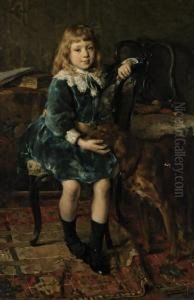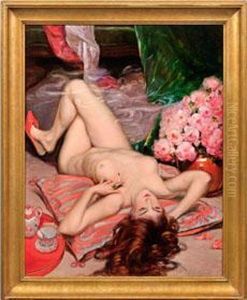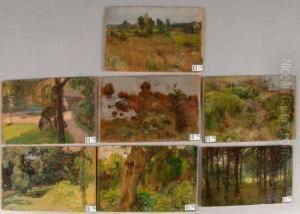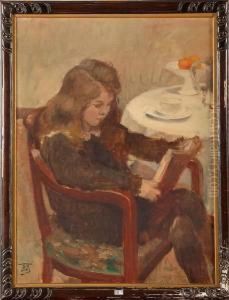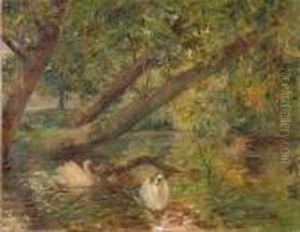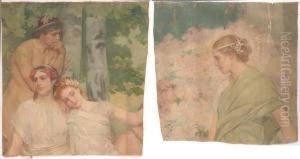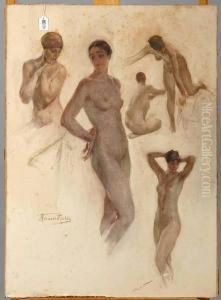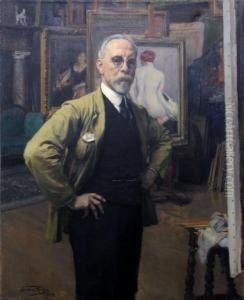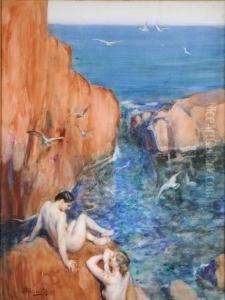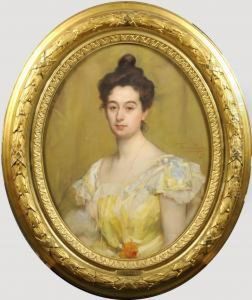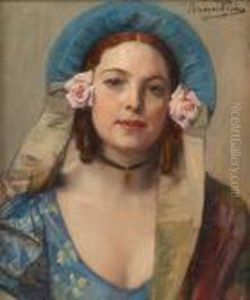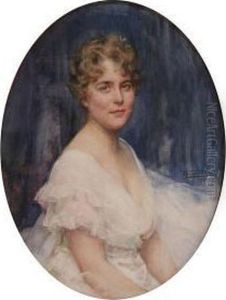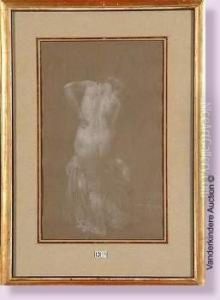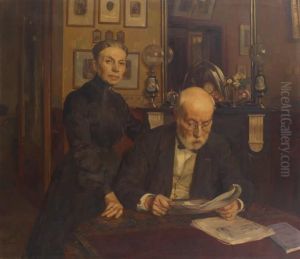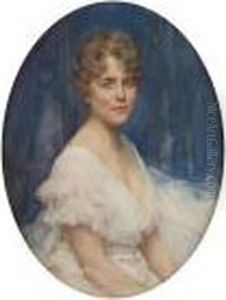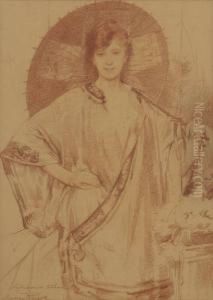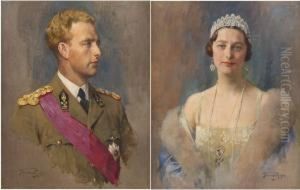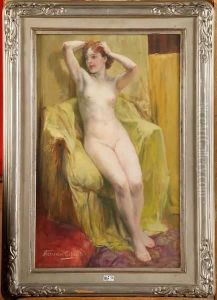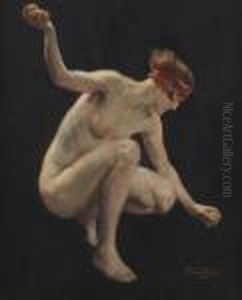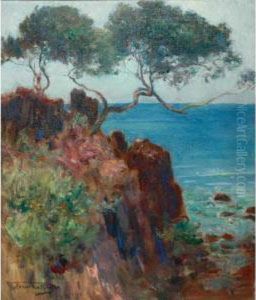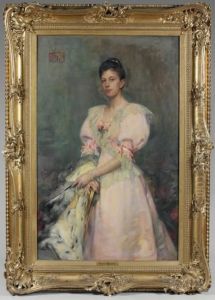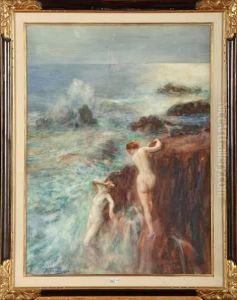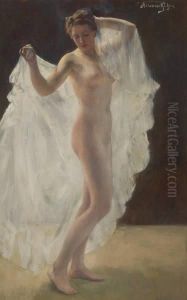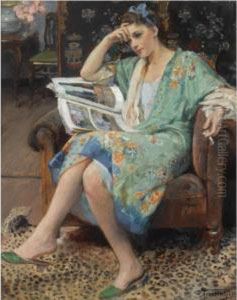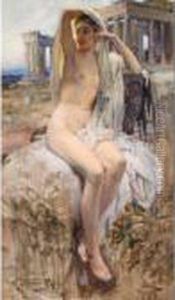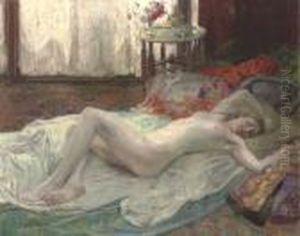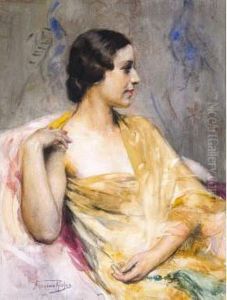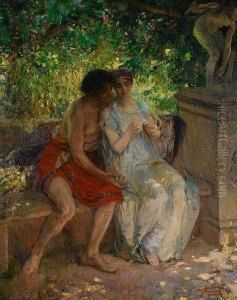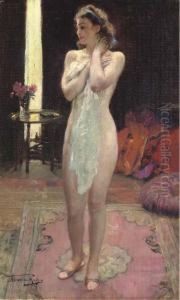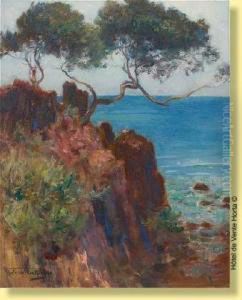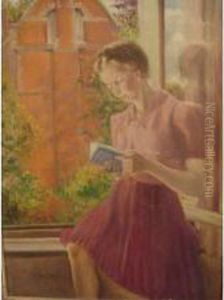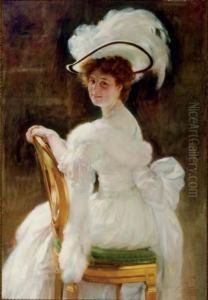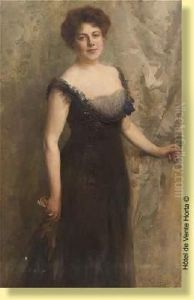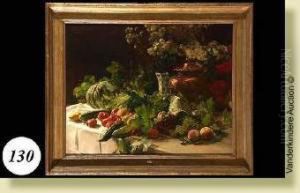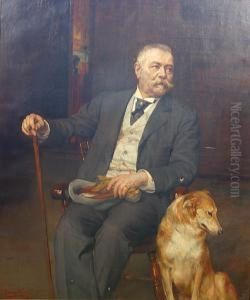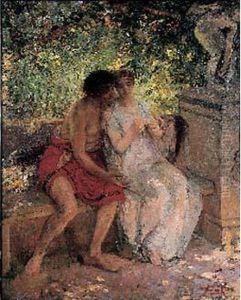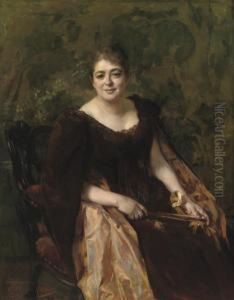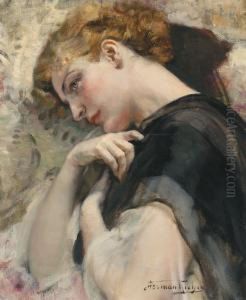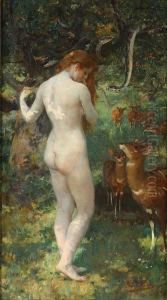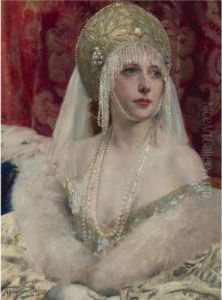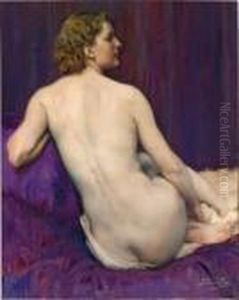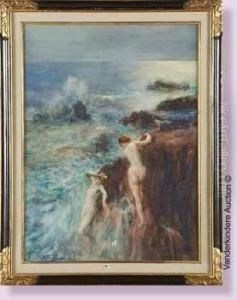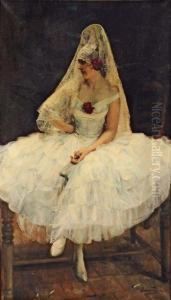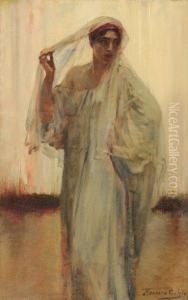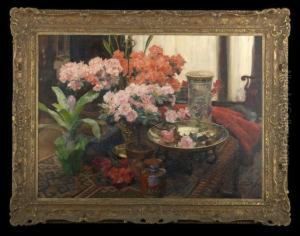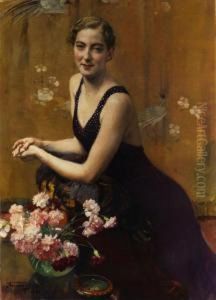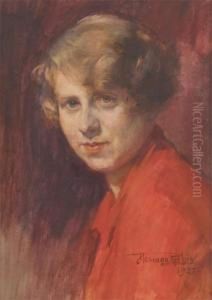Herman Richir Paintings
Herman Richir was a Belgian academic painter whose work was well recognized for its elegance and virtuosity in the late 19th and early 20th centuries. Born on April 9, 1866, in Ixelles, Belgium, Richir demonstrated a keen interest in art from a young age. He received his formal training at the Royal Academy of Fine Arts in Brussels, where he was influenced by the academic traditions of the time, emphasizing classical forms, precision, and a polished finish in painting.
Richir's artistic talent was evident early on, and he won several awards and scholarships that allowed him to study and travel extensively. His travels took him to countries like Italy, where he was deeply inspired by the works of the Old Masters. Richir's style was characterized by his refined brushwork and a focus on beauty and harmony, which resonated with the aesthetic sensibilities of his era.
Throughout his career, Richir produced a large body of work, including portraits, genre scenes, and allegorical compositions. His portraits, in particular, were highly sought after by the Belgian bourgeoisie, and he was known for his ability to capture not only the likeness but also the character and social status of his subjects. His genre scenes often depicted elegant figures in luxurious interiors, showcasing his skill in rendering textures and his meticulous attention to detail.
Richir was also an esteemed professor at the Royal Academy of Fine Arts in Brussels, where he influenced a new generation of artists. His teaching and his art were both reflections of his commitment to the academic tradition, at a time when modernist movements were beginning to challenge the status quo in the art world.
Despite the shifts in artistic trends, Richir maintained his classicist approach throughout his lifetime. His works were exhibited widely and received numerous accolades, including a gold medal at the Exposition Universelle in Paris in 1900. Herman Richir's legacy as an artist lies in his mastery of traditional techniques and his dedication to the academic style of painting, which he upheld with elegance and precision until his death on May 16, 1942, in Brussels.

